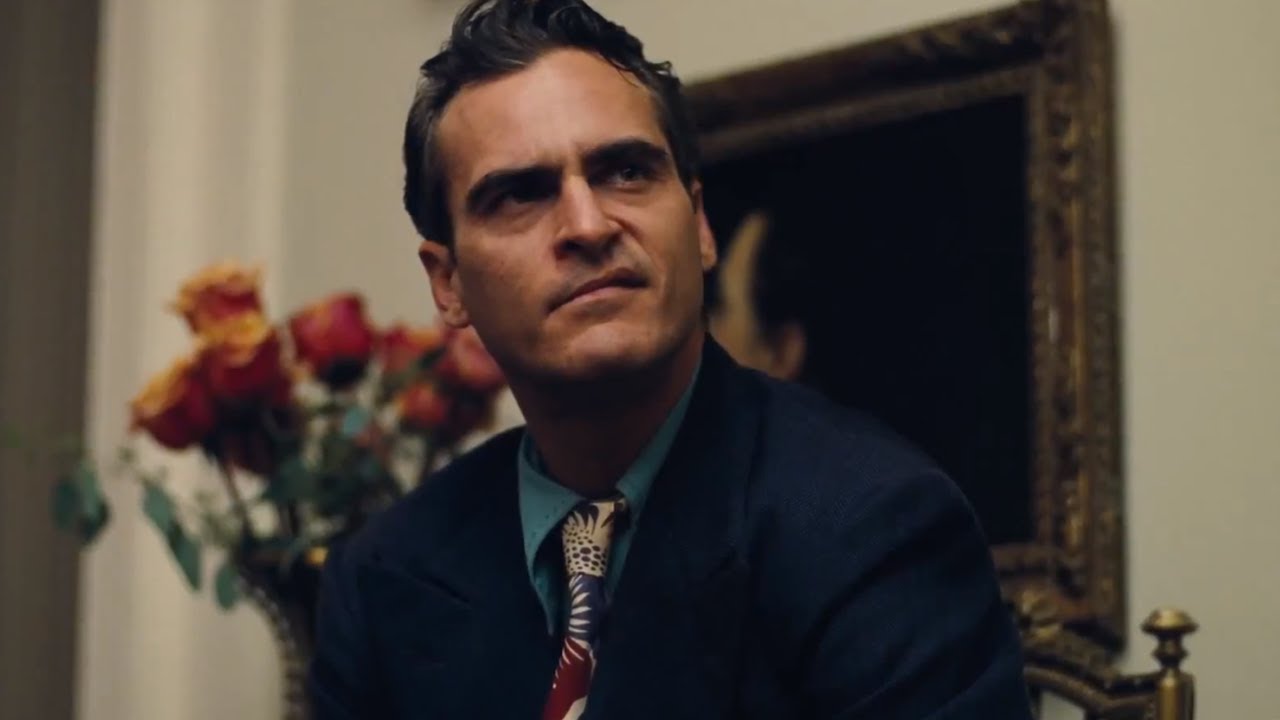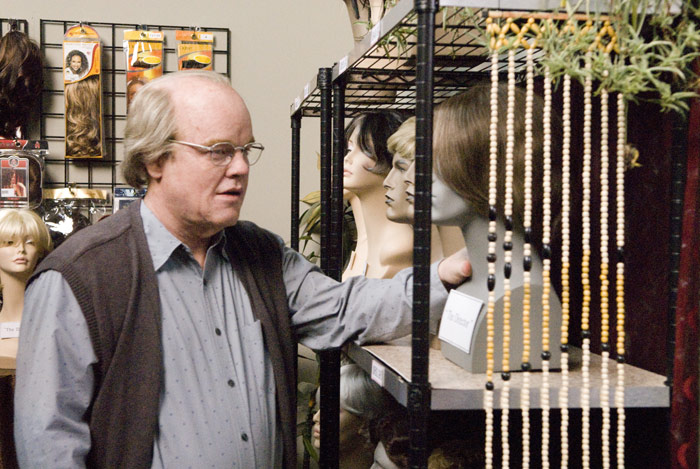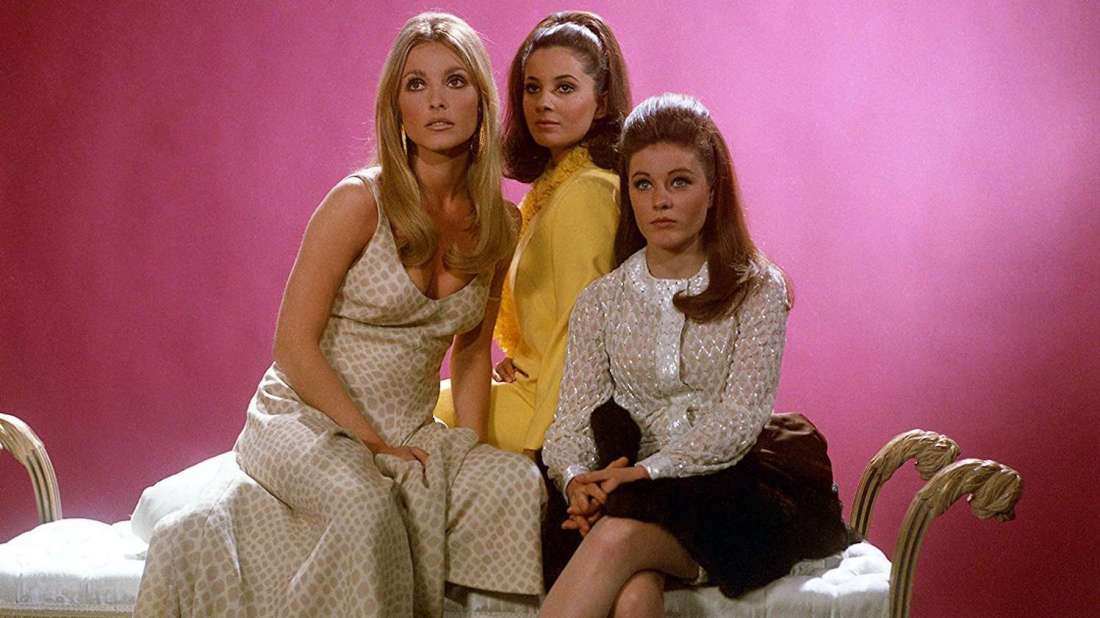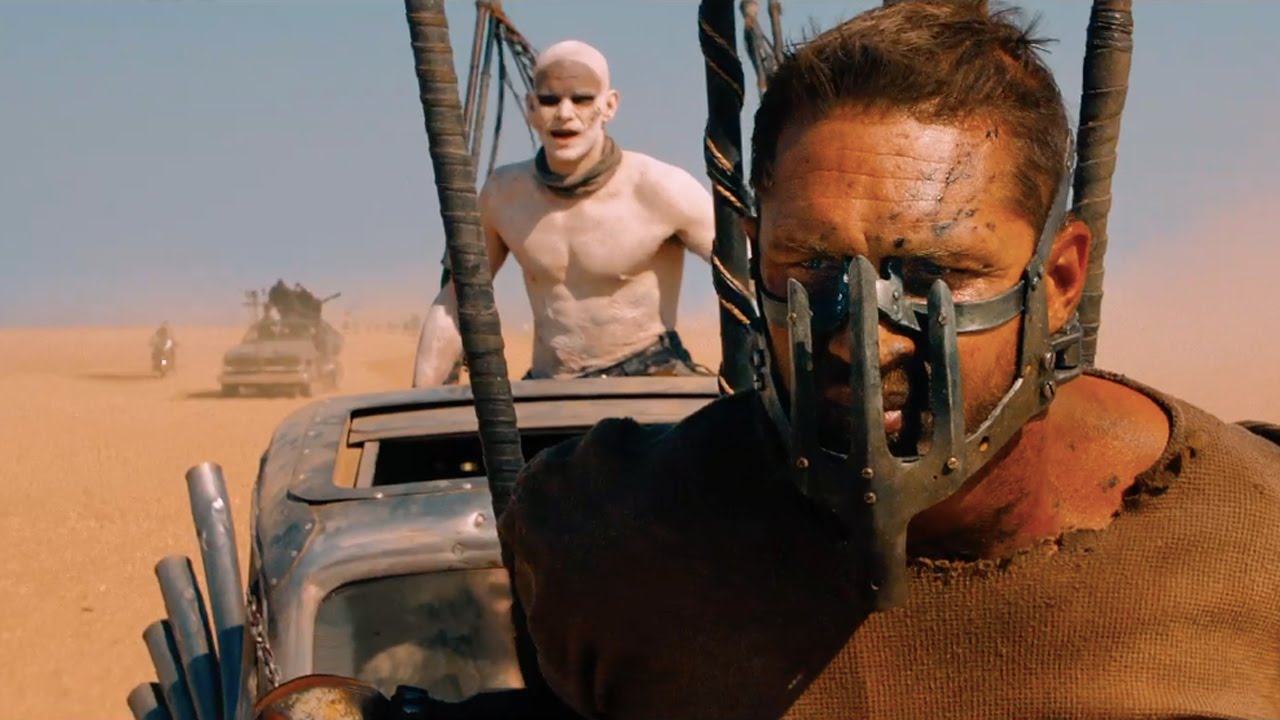6. The Master – Blue

Freddie Quell is a navy veteran that lived his life surrounded by bodies of water. He passes out on top of a ship with a roaring sea underneath him. He sits on a beach watching the water float slink towards him.
Since the film was shot on 65mm film, so each and every blue present is so deeply rich that you can almost drink it. When Freddie is away from it all and confined to a suburban life, he still dons blue garments that solidify his stature as a navy soldier consumed by liquids (whether they be the seas around him or the concoctions he drinks).
The use of blue takes us back to the ‘40s in a weird way, because the colours here mimic the richness that the rare colour films had back then (I’m looking at The Red Shoes). This is the fluidity of Freddie’s mind as it sifts between his perversions and the brainwashing tactics of The Cause.
7. Le Samouraï – Grey

This neo-noir cleverly avoids being explicitly black or white, as the classic noirs were heavily drenched in dark shadows and blistering lights. Instead, Le Samouraî sits in the middle as a cold, steel grey.
The iconic trench coat and trilby are almost metallic-looking, as Jef is cold and stoic. When this frigid depiction of Paris is not metallic in nature, it’s a living world of statues. Oddly enough, no portion of this film feels distant enough to make you feel like you cannot connect to the picture.
If anything, the uses of grey here is almost—weirdly—inviting. This is a dingy world, but our realities may very well be, too. This is a place to brood, and to embrace the gloom around. At the end of the day, the opening quote discusses solidarity, and no colour captures that better than a neutral, passive-aggressive grey. It is the creation and the demise of both technology and the urban sprawl.
8. Synecdoche, New York – Brown

The world-within-a-world that Caden makes is as drab as his wardrobe. He cannot figure out how to make an exciting picture where everyone—including the background characters—can be a star. It is simply not possible.
Utilizing so many colours, as many of us learned in colour theory and art class, turns the entire palette into a brown texture. Usually, this brown is not for the best, either. It is a sign that a clash that has taken place has become almost alienating.
However, in Synecdoche, New York, the many uses of brown hues and textures is almost miserably gorgeous. Everything feels mundane, but that is the everyday life that Caden is trying to make alive. Caden simply does not understand how the world works; he only sees how intimidating and disastrous it all is from his own eyes.
The brown undercurrents throughout are a lingering existential crisis. It is a representation of everything happening at once, but none of it mattering at all. It is a depressing world ruled by depression.
9. Valley of the Dolls – Pink

We finish off with this cult classic, where the very-subtle uses of pink are a signifier of its era. There is an obvious attribution to the female leads and their rises-and-falls within their respective dreams. What easier way to represent this in the late-60s than with a pale-yet-powerful pink? The amount used is, oddly enough, similar to the fading that colour film experienced in the 70’s (as if Valley of the Dolls foretold the decomposition that affected many pictures).
It is a gentle pink that feels like a dab of make-up to bring the whole picture together. Even in scenes where the use of pink is not obvious, it shimmers on the bright spots of each shot. Bulbs appear to be slightly fuchsia. Every tint is slightly more lush than they would be in other pictures. A certain level of pinkness seems to lurch in each scene, as if we are under a spell. It isn’t the loudest example here, as it is certainly one of the most subliminal.
10. Mad Max: Fury Road – Orange

Sure, many films exploit the mixture of blue and orange hues. It is the ultimate combination of a primary colour and a secondary colour. Blue is cool enough to comfort, and orange is strong enough to grab your attention. This is fire and ice.
Mad Max: Fury Road has the bluest of skies, but we’re going to focus on the viciously orange wastelands that sit around us. Dust kicks into the air like a rolling fire. Actual flames make the entire scene feel uncomfortably hot, especially because the amber valleys around us already feel exceptionally dry.
This is the lack of water available, and the only blue we can find is when we look up. This is turmoil found in the form of all that is natural drying up. This is more than a desert: it is one tint closer to turning the world into a literal hell. The world is dying, and we’re already paying for it here.